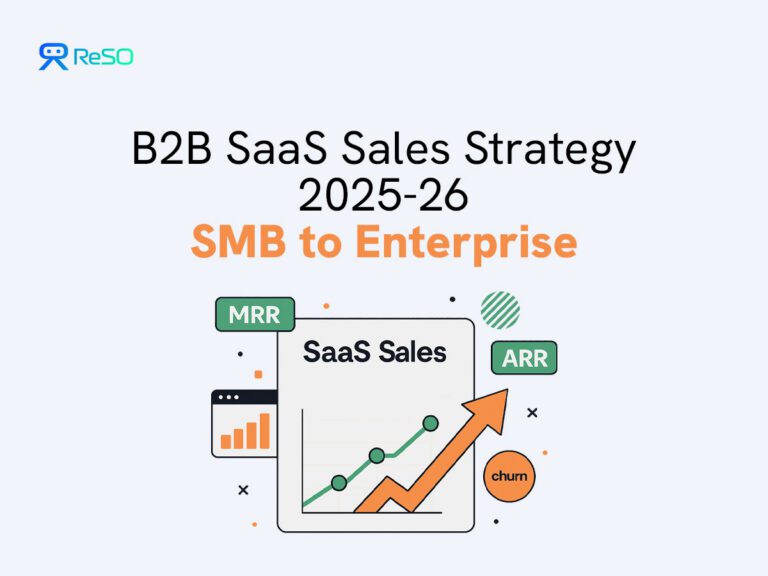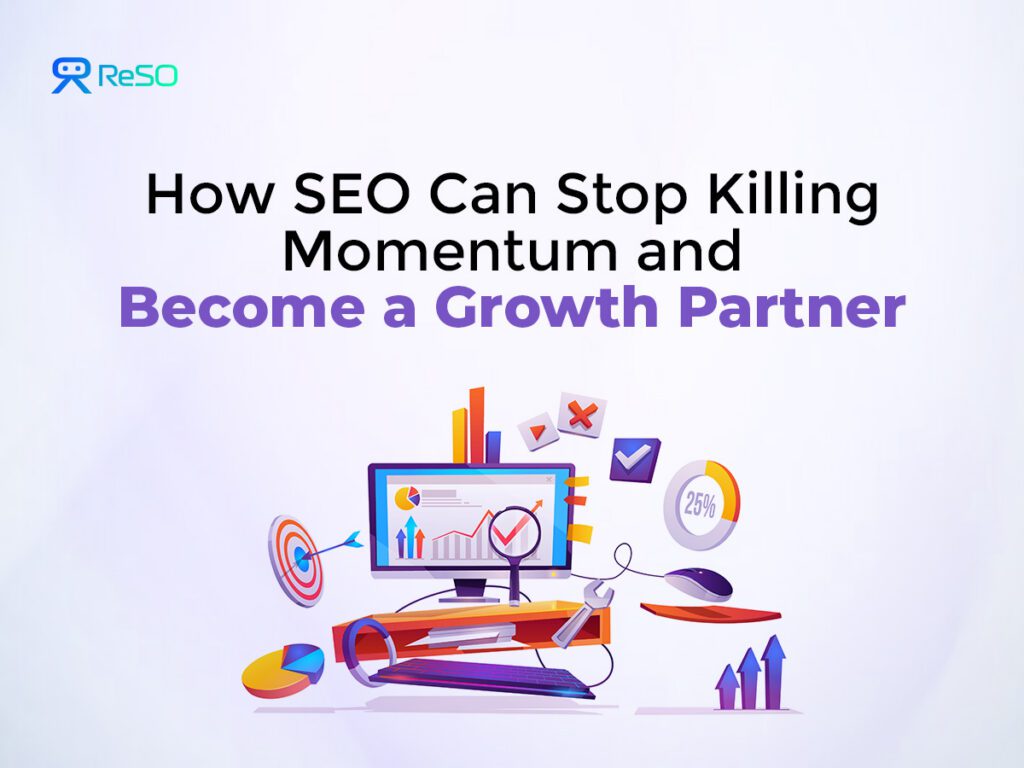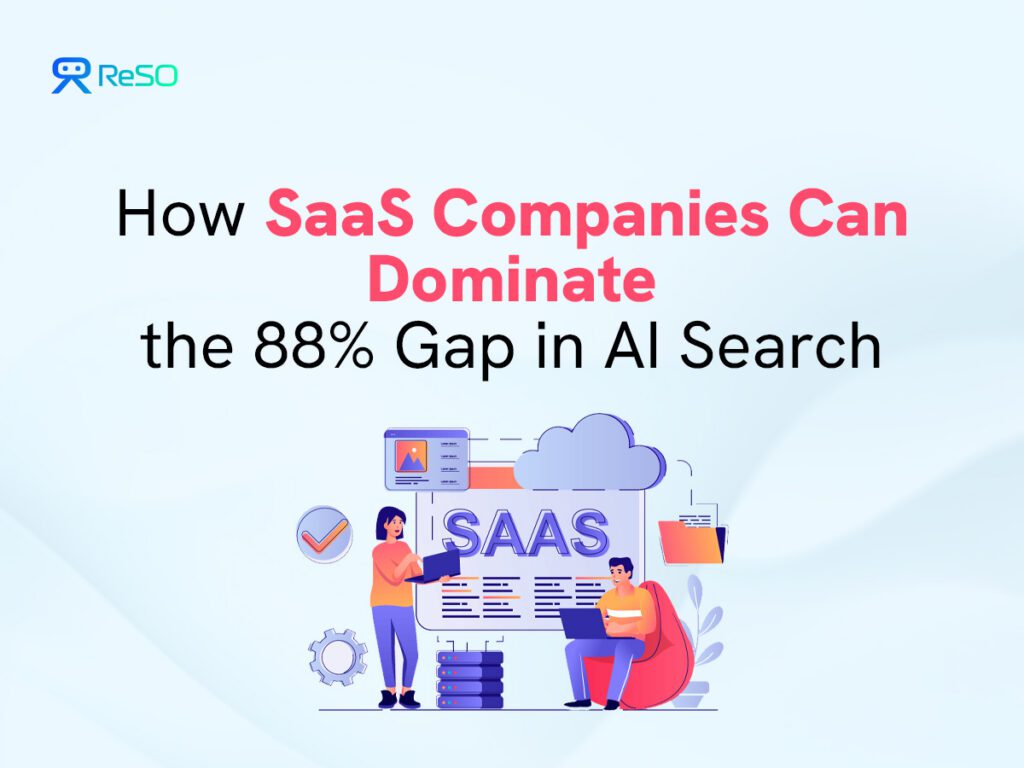Here’s the brutal truth that most sales leaders won’t tell you: 70% of B2B sales reps missed their quota in 2024. Yet companies using segment-specific sales strategies are achieving 40% higher deal values and closing deals 53% faster. The difference? Understanding that selling to a 10-person startup isn’t the same as negotiating with a Fortune 500 enterprise.
Most sales teams are still playing by outdated rules. They’re using the same pitch deck for a coffee shop owner and a multinational corporation’s procurement team. It’s like trying to use a hammer for both brain surgery and demolition work, technically possible, but you’re going to make a mess.
The Complete Market Segmentation Framework
Let’s get the definitions straight because this actually matters for your strategy. These aren’t just academic categories; they dictate everything from your sales cycle length to your commission structure.
Updated Definitions with Real Data
| Segment | Employee Count | Annual Revenue | What They’re Like |
| SMB | Under 500 | $5-50M | The scrappy hustlers. Tight budgets, fast decisions. The CEO probably still approves every software purchase over $500. |
| Mid-Market | 100-1,000 | $50M-$1B | The Goldilocks zone—not too small, not too big. Real budgets without soul-crushing bureaucracy. Perfect for most B2B SaaS. |
| Enterprise | 1,000+ | $1B+ | The Fortune 500 whales. Slow to decide, big to spend. One deal can fund your entire quarter (or year). |
Key 2025 Market Statistics That’ll Change Your Strategy:
The landscape has shifted dramatically. 80% of B2B interactions now occur digitally, which means your old-school relationship-building approaches need updating. Partner-sourced deals have 40% higher average order value; partnerships aren’t nice-to-have anymore, they’re essential.
33% of SaaS revenue comes equally from each segment. This means you can’t just pick one and ignore the others. The smartest companies are building portfolio approaches that capture value across all three segments.
But here’s the reality check: only 43% of the sales quota was attained on average by Q4 2024. If you’re not adapting your approach by segment, you’re part of that statistic.
The old playbook of “spray and pray” is dead. Companies that get segment-specific see dramatically better results because they’re speaking the language their prospects actually understand.
A startup founder cares about cash flow and quick wins. An enterprise buyer cares about compliance, integration, and long-term partnerships.
This segmentation isn’t just about company size; it’s about completely different buying behaviors, decision-making processes, and success metrics. Get this foundation right, and everything else becomes easier.
Sales Performance Benchmarks by Segment (The Numbers That Actually Matter)
Let’s cut through the fluff and talk real numbers. Here’s what actually happens when you try to sell to different segments:
The Conversion Reality Check
| Segment | Conversion Rate | Sales Cycle | Average Deal Size | Decision Makers |
| SMB | 2.9% | 30-90 days | $10K-$50K | 1-2 people |
| Mid-Market | 2.1% | 4-9 months | $50K-$500K | 3-7 stakeholders |
| Enterprise | 1.2% | 6-18 months | $100K-$1M+ | 6-10 decision makers |
Do you know?
SMBs convert better than enterprises. Why? Because when the founder can say “yes” without asking 12 people in three departments, magic happens.
And do you know why this happens?
SMBs generate $500/day, mid-market hits $1,500/day, and enterprise can reach $5,000/day. But that enterprise deal might take 18 months to close while you could’ve closed 20 SMB deals in the same time.
The key insight? There’s no “best” segment, just different games with different rules. Pick the game that matches your product, team, and bank account.
Sales Strategies: Methodology Meets Segmentation
Forget the dusty old playbook, 2025-26 demands a hybrid sales toolkit that matches each customer’s style. Here’s how to mix modern methodology with segment-specific tactics.
SMB: Self-Serve Speed + Smart Nudges
- Digital Throttle: Let SMB buyers dive into a free trial or interactive demo without a sales rep. They want answers on their schedule, not yours.
- Automated Check-Ins: Use simple drip emails or chatbots to ask, “Hey, noticing you hit feature X, need any help?” That little prompt flips fence-sitters into buyers.
- Quick Wins Focus: Highlight one “Here’s how you save 3 hours a week” benefit. No one cares about your entire roadmap, just the shortcut to feeling like a hero today.
Mid-Market: Guided Personalization + Multi-Threaded Outreach
- Intent-Driven Touchpoints: Watch which whitepaper they download or which pricing page they linger on. Trigger a custom video or analyst quote that speaks directly to that pain.
- Stakeholder Mapping: Identify the IT, finance, and department heads early. Craft separate 60-second value pitches for each, because your CFO contact doesn’t care about API calls, they care about ROI.
- Blended Approach: Combine on-demand demos with one or two live walk-throughs.
- Keep it lean: Too many meetings generate demo fatigue, too few leave questions unanswered.
Enterprise: Account Intelligence + Value-Driven Partnerships
- Predictive Alerts: Use AI to flag expansion signals, like sudden spikes in user activity or low login rates. Fire off tailored playbooks: “We see your teams are heavy in region X, here’s our multi-language rollout plan.”
- Ecosystem Plays: Co-sell with your platform partners. Joint webinars or integration blueprints lend credibility and unlock bigger budgets.
- C-Suite Alignment: Skip generic presentations. Send a 3-minute CEO-to-CEO video explaining how your solution maps to their strategic priorities, then follow up with a one-page “Value Roadmap” for their executive team.
What you need to understand is not to treat every deal like the same sport. SMBs crave frictionless digital buys, mid-market needs guided personalization, and enterprises demand strategic partnership.
Emerging Trends Shaping 2025-26 Sales
The Partner Power Play
Stop fighting alone. Smart sales teams are teaming up with complementary vendors to tag-team prospects. When your integration partner vouches for you, their credibility becomes your shortcut past the “we need to think about it” wall.
The numbers don’t lie: partner-sourced deals have 40% higher average order value and close 46% faster. Why? Because trust transfers. Your prospect already knows and likes your partner, so half the relationship-building is done for you.
Freemium Becomes a Revenue Engine
Forget treating free trials like marketing expenses. They’re your best sales reps, working 24/7 to convert skeptics into believers. The secret sauce? Optimizing those “upgrade now” moments.
Smart SaaS companies place upgrade buttons exactly where users hit limits, like when they try to invite a 6th team member on a 5-seat plan. That friction becomes your friend, generating 30% more conversions than generic upgrade emails.
AI Does the Boring Stuff (So You Can Sell More)
Your AI can spot expansion opportunities before your customer success team even notices. It catches signals like sudden usage spikes, new feature adoption, or that scary silence that screams “they’re about to churn.”
However, here’s the real win: smart lead routing. Let your system automatically send hot mid-market prospects to your best closer while nurturing slow-moving enterprise leads with targeted content sequences.
Common Pitfalls & How to Avoid Them
| Segment | Common Mistake | Quick Fix |
| SMB | Overloaded demos: 10-step walkthrough for a small team | Deliver a 2-minute “aha” moment, then let them self-serve |
| Mid-Market | Relying on one champion stakeholder | Map three key influencers, send each a personalized one-pager, and host a group Q&A |
| Enterprise | Pushing for quick wins and rushing relationships | Build an 18-month engagement plan with calibrated check-ins |
Choosing Your Target Strategy (Decision Framework)
Stop guessing and start targeting by asking four simple questions:
- Where does your product shine?
If you solve rapid-fire problems, SMBs are your sweet spot. If you tackle complex workflows, mid-market or enterprise makes sense. - What can your team handle?
Can your reps juggle 10-minute demos and instant closes? Go SMB. Do you have specialists for long sales cycles? Mid-market or enterprise is within reach. - Where’s your insider edge?
Lean on existing relationships. If you know a bunch of startups, dominate that space. If you’ve got enterprise connections, double down there. - What’s your growth play?
Want volume and quick feedback? SMB’s your turf. Looking for fewer but bigger wins? Mid-market or enterprise deals are worth the extra legwork.
Use this mini-decision tree: match your product strengths, team capabilities, network, and growth goals. That’s how you pick your best battlefield.
Measurement & Optimization Framework
Track what matters, ignore the vanity metrics:
| Segment | Core KPI | Secondary KPI | Review Frequency |
| SMB | Time-to-Close | Trial-to-Paid Rate | Weekly |
| Mid-Market | Pipeline Velocity | Stakeholder Buy-In | Bi-weekly |
| Enterprise | Deal Progression Rate | Expansion Revenue | Monthly |
The Improvement Loop:
- Collect your numbers
- Analyze where you’re losing deals
- Adjust your tactics for that segment
- Repeat until you’re smashing targets
The winners in 2025-26 master segment-specific execution, turning these KPIs into a playbook for predictable growth.
Predictable growth isn’t luck. It’s the result of disciplined execution, segment by segment. The companies crushing their numbers in 2025 aren’t asking, “What’s working this quarter?” They already know, because their strategy is built on KPIs that tell them exactly where to double down and where to pivot.So, are you ready to build a sales strategy that actually converts? Book a call with ReSO to develop segment-specific approaches that turn your insights into measurable revenue growth.








